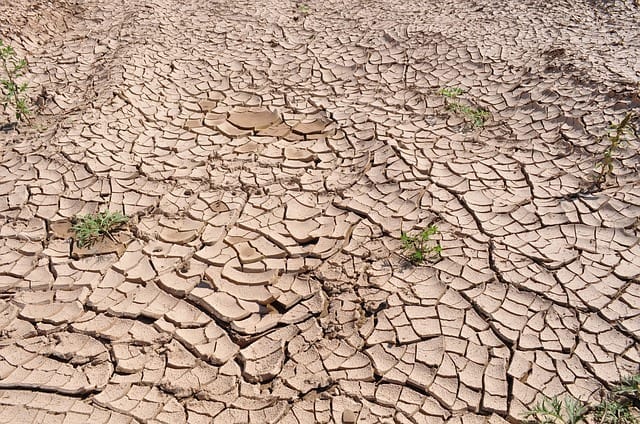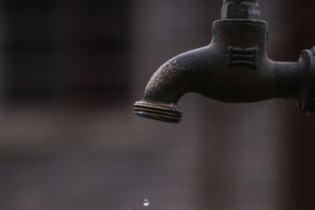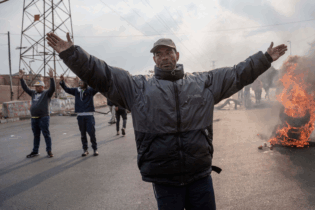
A new white paper adapted for the developing countries of Brazil and Mexico was recently published. The paper, issued by GE Water & Process Technologies, underscores the potential for developing countries to increase the use of water recycling and reuse solutions to help address their pressing water scarcity challenges.
Very similar conditions are currently being experienced throughout South Africa. The country has received the lowest rainfall on record since the early 1900s and growing population sizes and urban growth is increasing the amount of pressure currently placed on existing water resources.
The white paper is entitled, “Addressing Water Scarcity through Recycling and Reuse: A Menu for Policymakers/Perspective on Latin America, Brazil and Mexico.”
It was authored by Jon Freedman, leader of global partnerships and policy for Water & Process Technologies, Jessi Tseng, global commercial growth leader at Water & Process Technologies, Melissa Meeker, executive director of the WateReuse Association and CEO of the Water Environment & Reuse Foundation, and Marcus Vallero, regional commercial growth leader for Water & Process Technologies based in São Paulo, Brazil.
“This white paper seeks to help governments in Mexico, Brazil and throughout Latin American to consider their options to address their water scarcity challenges through water reuse programs,” Freedman said.
“These options are a valuable starting point for governments to evaluate the appropriate mix of policies that might spur adoption of water reuse and recycling and provide real-world examples of countries already making significant and positive change for their communities,” he added.
The authors noted that while Latin America has almost 31 percent of the world’s fresh water resources, which is more fresh water per capita than any other region in the world, the region still faces acute water scarcity challenges.
According to the paper, the fundamental challenge is that too much of the population live in places where water is scarce.
For example, 96 percent of Brazil’s population live in areas that account for only 27 percent of the country’s water. In Mexico, more than 75 percent of the population live in the central and northern regions, while 72 percent of the country’s fresh water is in the south. In Peru, 97,5 percent of the surface water is in the Peruvian Amazon basin, while only 30 percent of the population lives there.
However, despite the clear challenges, Latin America is by no means standing still. The white paper highlights many of the positive steps that governments throughout the region have already taken to address water scarcity.
Both Brazil and Mexico, for example, have developed sophisticated policy regimes and have invested billions of dollars to address local water challenges.
Because water recycling and reuse solutions are most commonly implemented in communities with limited water supplies, the paper highlights four major types of policy strategies to increase the use of these two solutions in Latin America:
- Education and outreach to provide more information on, and recognition of, water recycling and reuse efforts.
- Reduction or removal of regulatory or cost barriers that prevent more water recycling and reuse.
- Financial, regulatory or other incentives for water recycling and reuse.
- Adoption of more mandates and regulations requiring increased water recycling and reuse.
Water reuse often requires the use of treatment technologies, which the paper also briefly outlines.
To download a copy of the full white paper, click
here.









